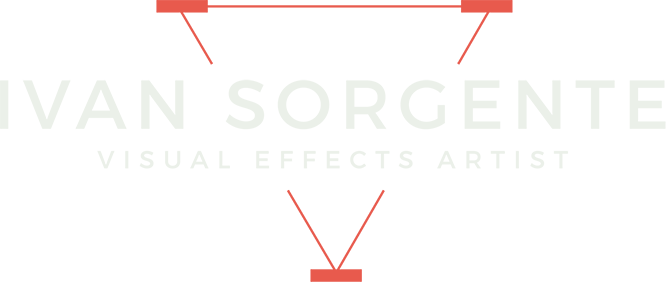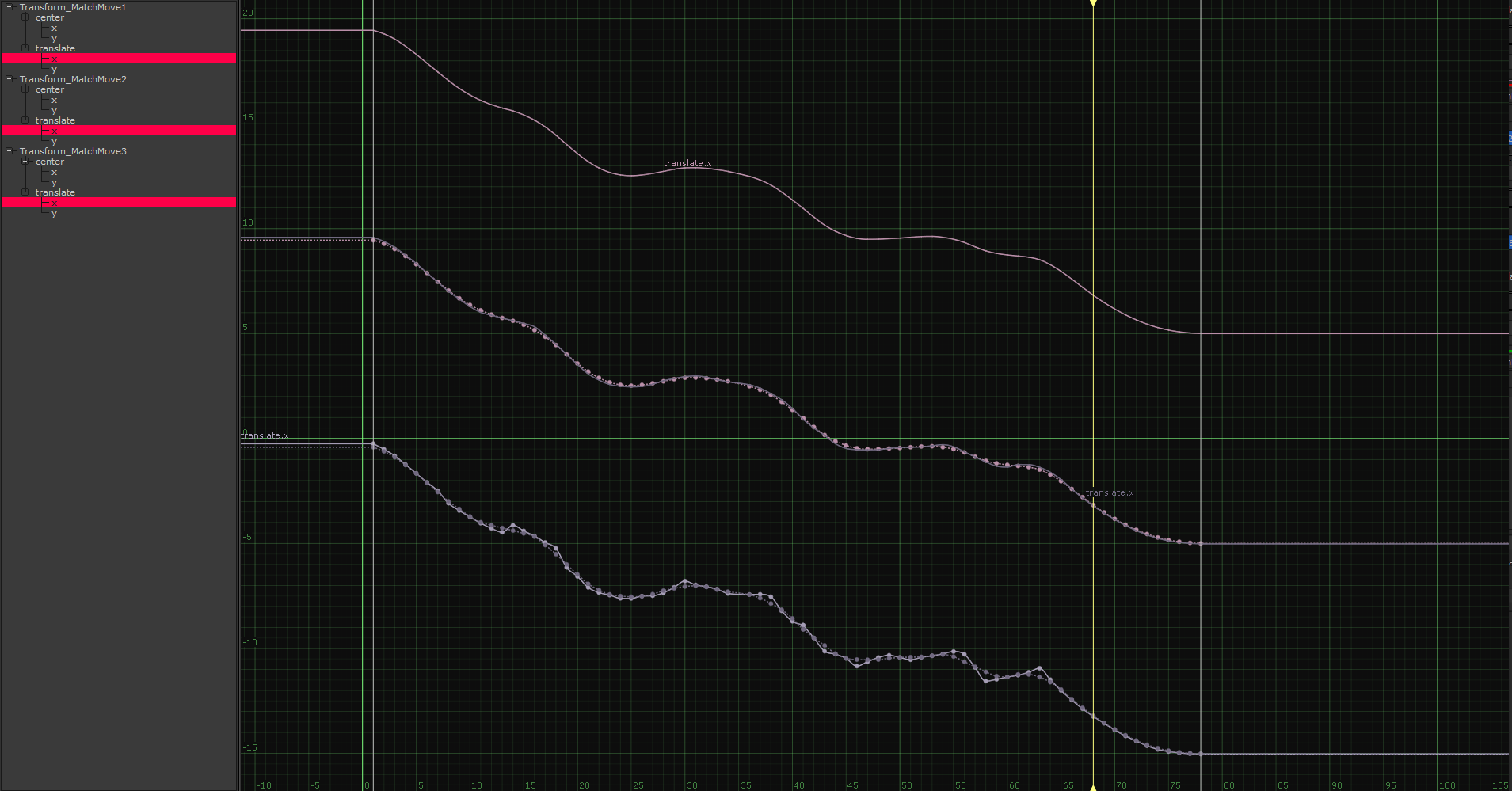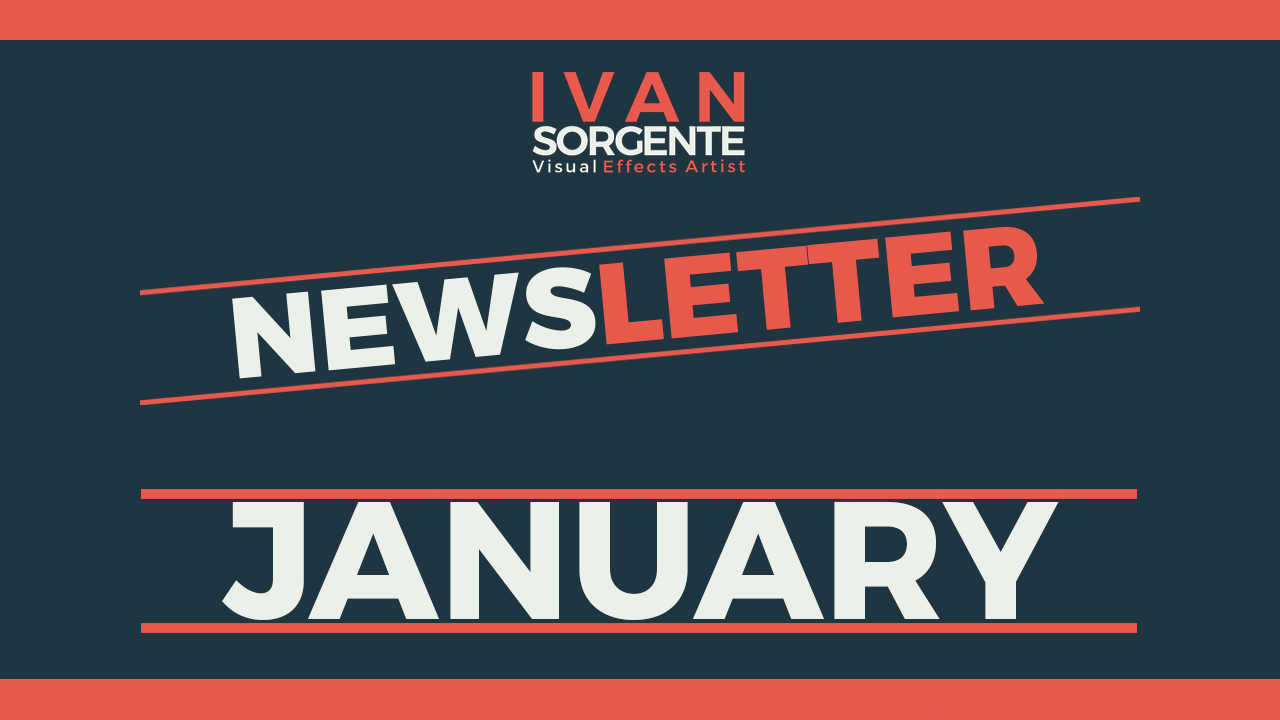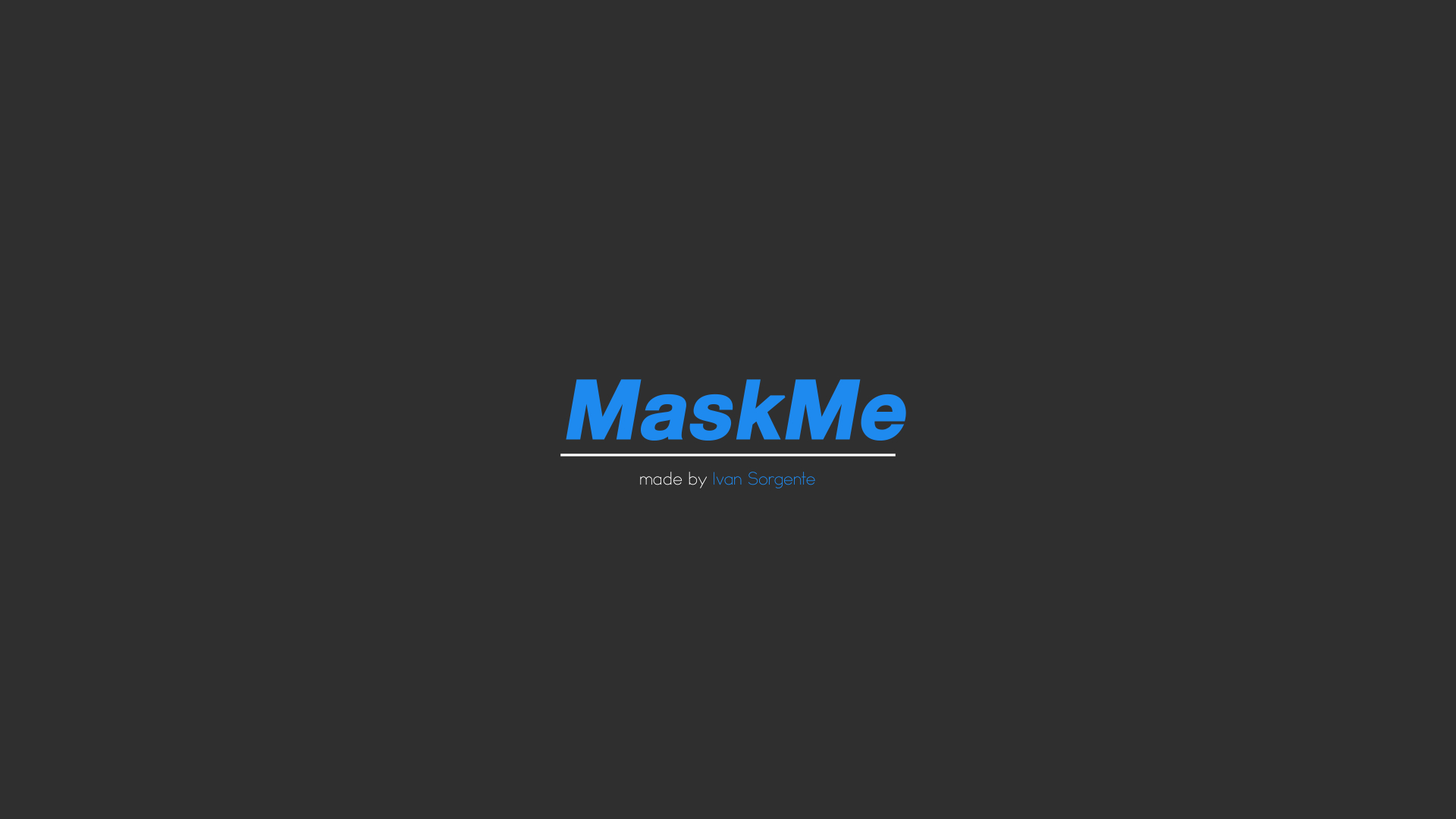
Welcome to my collection of tips, tricks, and shortcuts!
I’ve been collecting and writing down tips and tricks throughout my career as a compositor and I’m glad that in my path I’ve met some fantastic colleagues which all helped me become the artist I am now.
I’ve decided to look into all my notepads trying to piece together a list of shortcuts, tips, and tricks that became almost essential to me or that in other words, I wish a knew before.
The list will be updated on a bi-weekly basis, so if you didn’t find anything useful, try coming back in a couple of weeks!
Happy comping everyone!
Full frame processing
Sometimes the nuke playback can get very frustrating, you’ve maybe spent the last 2 minutes caching a portion of your script and as soon as you move your viewer or zoom in/out of the image all that cache gets partially lost due to Nuke not caching the full frame, but a subset of the scanlines you’re viewing.
If that is something you’d like to avoid it may be the right moment to spend a bit of extra time caching but this time keeping the full frame processing on (the 4 horizontal lines on the right corner of your viewer). The full frame processing will write in the playback cache the full scanline allowing you to move around the viewer without losing the playback cache.
Autoplace
do you hate messy scripts as much as I do? Great work, a super quick shortcut that can help you with that is “L”. Select your nodes, click L, “Et Voila!” or Alternatively Click Edit > Node > Autoplace.
⠀⠀⠀⠀⠀⠀⠀⠀⠀
The Autoplace function automatically arranges the selected nodes in a neat tree formation. It takes the node or nodes that you’ve selected, and progresses through the tree, repositioning connected nodes. It determines a sensible position for the nodes by making sure they don’t overlap with other nodes and by keeping the input connections horizontal.
⠀⠀⠀⠀⠀⠀⠀⠀⠀
Be aware that it doesn’t work as well with multiple input nodes.
Jump to bookmarked Node
Here you have an extra reason ( if you needed one…) to be tidy in Nuke.
By hitting J in the nodegraph or by going into edit/Bookmark/Jump to Bookmarked node, you’ll be able to jump to a different part of your script that was previously stored… and now you may think “well… I’ve never actually stored any portion of my script”.
Nor have I,⠀
BUT we have all created backdrops haven’t we? By default, Backdrop nodes have their bookmark checkbox enabled, meaning that every time you create a backdrop the position and name of that backdrops get stored in Nuke.
so just by having a clean structure in your script, you’ll be able to use the J shortcut to quickly jump to different sections and get faster without extra efforts. double win, actually win win win win win!








Leave a Reply